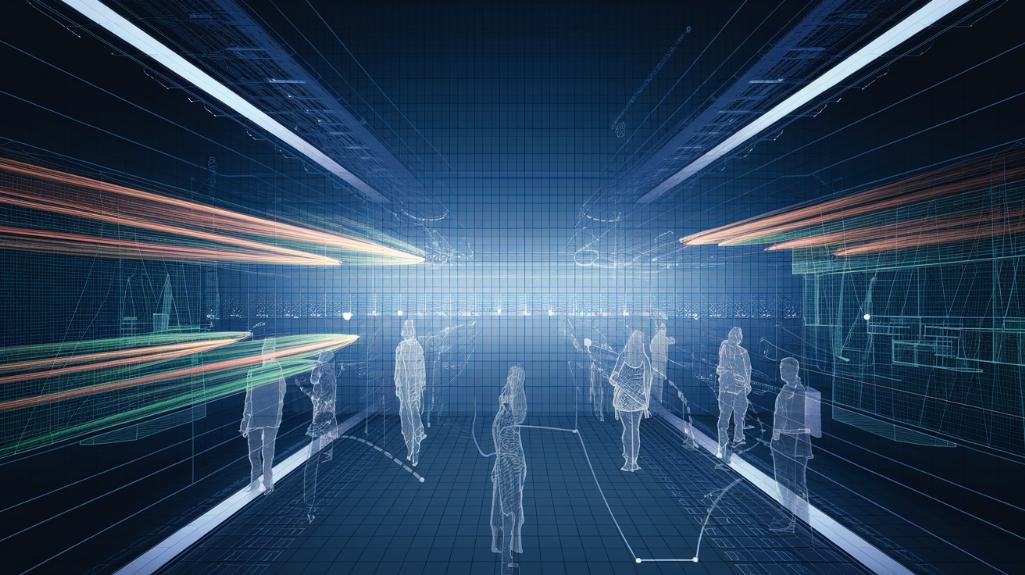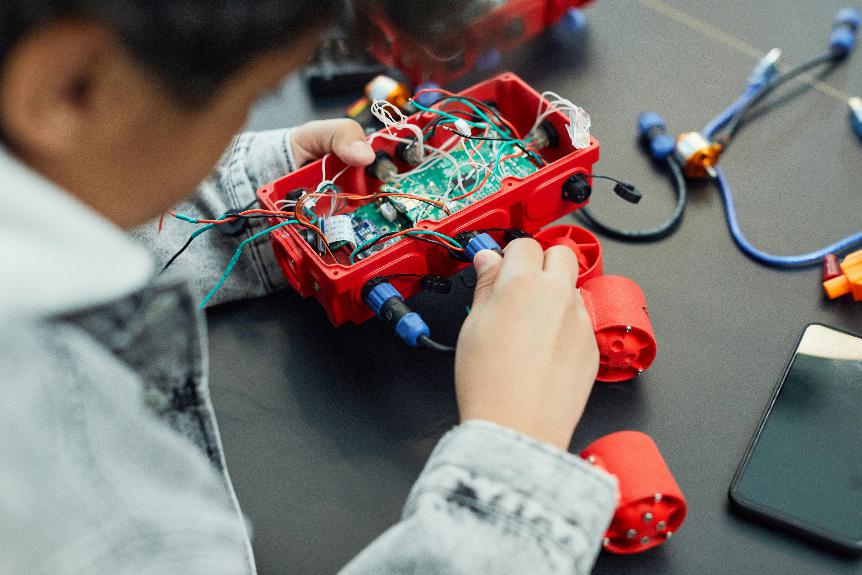Modern retailers employ machine learning algorithms and computer vision technology to analyze in-store customer movements, generating detailed heat maps and traffic flow patterns. This data-driven approach enables strategic product placement, optimized store layouts, and real-time bottleneck detection. Implementation of movement analytics has demonstrated sales increases of 20-30% through improved merchandising decisions and operational efficiency. Advanced analytics platforms transform raw movement data into actionable insights, revealing untapped opportunities for retail optimization.
Key Takeaways
- Machine learning algorithms analyze real-time camera feeds to track customer movements and generate detailed heat maps of store traffic patterns.
- Computer vision technology combines with AI to detect bottlenecks, optimize staffing, and improve store layout efficiency.
- Strategic product placement based on ML-driven movement analysis can increase sales by 20-30% through targeted merchandising decisions.
- RFID tags and Bluetooth beacons integrate with ML systems to provide comprehensive tracking of customer behavior and inventory management.
- Advanced analytics platforms process movement data to deliver actionable insights for store layout optimization and personalized marketing strategies.
The Power of In-Store Movement Analytics
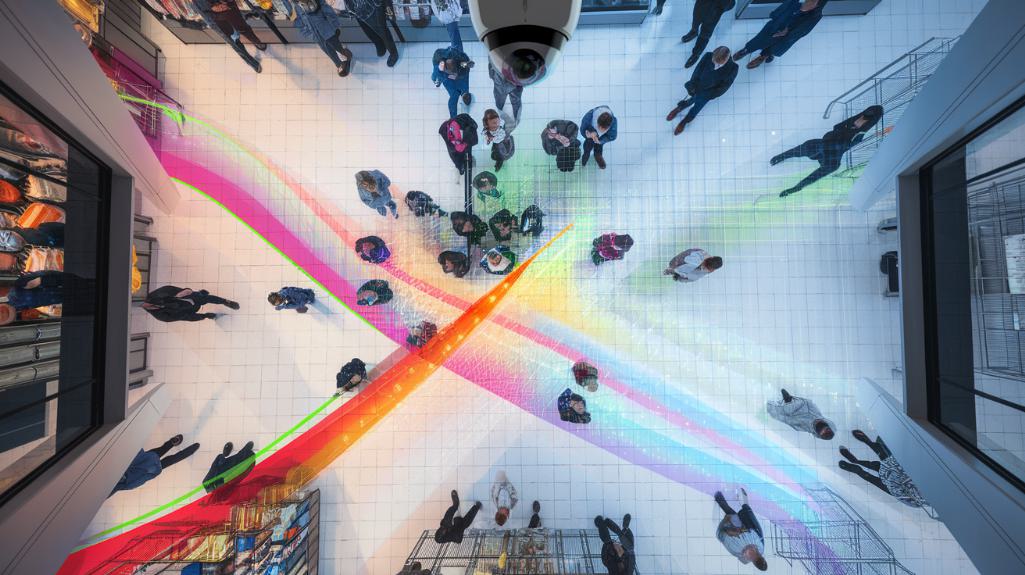
As retailers seek to gain competitive advantages in the digital age, in-store movement analytics has emerged as a transformative technology for retail operations. By leveraging machine learning and computer vision, retailers can track customer movements and analyze shopping behavior patterns with unprecedented precision.
This technology enables thorough store layout optimization by identifying high-traffic areas and analyzing customer engagement with products. Retailers can achieve up to 20% increased sales through strategic marketing placement and data-driven promotional displays.
Companies like Amazon and H&M demonstrate how real-time customer behavior insights can enhance inventory management and operational efficiency. The integration of movement data with purchase history allows retailers to create personalized shopping experiences through targeted marketing strategies. Traffic patterns analysis provides valuable insights for optimizing store layouts and improving overall customer engagement metrics. Additionally, implementing AI-powered systems can further enhance in-store promotions by detecting product interactions and driving customer engagement.
Key Technologies for Customer Tracking
Modern retail analytics relies on several key technologies that form the foundation of customer tracking systems.
Computer vision technology analyzes real-time data through cameras and algorithms to monitor foot traffic patterns, while RFID tags track individual items throughout the store, enhancing inventory management efficiency.
Modern retailers leverage AI-powered cameras and RFID tracking to revolutionize store analytics and inventory control in real-time.
Bluetooth beacons integrate with mobile devices to enable location-based services and personalized marketing initiatives, providing precise customer movement data.
Heat mapping software visualizes high-traffic areas within stores, revealing customer engagement patterns and ideal product placement opportunities.
These technologies work in conjunction with advanced analytics platforms that process and interpret the collected data, generating actionable insights for retailers.
Additionally, solutions like AI-powered theft prevention enhance overall store security while providing valuable data on shopper interactions.
This integrated approach enables businesses to make data-driven decisions about store layouts, product positioning, and marketing strategies.
Heat Mapping and Traffic Flow Patterns
Modern retail analytics leverages heat mapping technology to identify peak customer movement times and optimize store layouts based on traffic patterns.
Machine learning algorithms process sensor data to generate real-time visualizations of customer flow, enabling retailers to detect and address bottlenecks that impede shopping efficiency.
This data-driven approach to spatial analysis helps businesses maximize floor space utilization while enhancing the customer experience through strategic product placement and staffing decisions.
Track Peak Movement Times
Understanding peak customer movement times has become essential for retail optimization through advanced heat mapping and traffic flow analysis. Machine learning algorithms process data from in-store sensors to generate actionable insights about customer movement patterns, enabling retailers to optimize store layouts and inventory placement strategically.
Key applications of peak movement tracking include:
- Adjusting staffing levels during high-traffic periods to enhance customer service
- Positioning high-demand products in areas with maximum customer traffic to drive sales increase
- Optimizing store layouts based on temporal movement patterns throughout operating hours
This data-driven approach to analyzing peak movement times allows retailers to make informed decisions about product placement and operational efficiency, ultimately improving the overall shopping experience.
Heat mapping technologies continue to demonstrate significant value in retail optimization by providing measurable insights into customer behavior patterns.
Store Layout Optimization Insights
Heat mapping and traffic flow analysis provide retailers with sophisticated tools to maximize store layout effectiveness through data-driven decision making.
By leveraging machine learning algorithms, retailers can visualize customer movement patterns and identify high-engagement zones within their stores. This data reveals essential insights about product visibility and customer interactions with merchandise displays.
The analysis of traffic flow patterns enables strategic inventory placement and helps eliminate bottlenecks in store circulation. Retailers can optimize product positioning to encourage impulse buying and enhance customer engagement in previously underutilized areas.
This systematic approach to store layout optimization has demonstrated measurable improvements in retail sales and customer satisfaction. By understanding how customers navigate through spaces, retailers can create more intuitive shopping environments that align with natural movement behaviors and purchasing tendencies.
Real-Time Bottleneck Detection
Machine learning algorithms revolutionize retail operations by enabling real-time detection of customer movement bottlenecks through sophisticated heat mapping and traffic flow analysis. The technology combines computer vision and data analytics to generate detailed insights into customer behavior patterns, empowering retailers to optimize store layouts and enhance shopping experiences.
Key benefits of real-time bottleneck detection include:
- 20% increase in customer satisfaction through reduced wait times and improved product accessibility
- 30% reduction in lost sales opportunities via proactive congestion management
- Enhanced staffing efficiency through data-driven scheduling based on peak traffic periods
This advanced traffic flow monitoring system enables retailers to make informed decisions about store configuration, resource allocation, and operational strategies, ultimately leading to improved customer experience and increased operational efficiency.
Optimizing Store Layout Through Data Insights
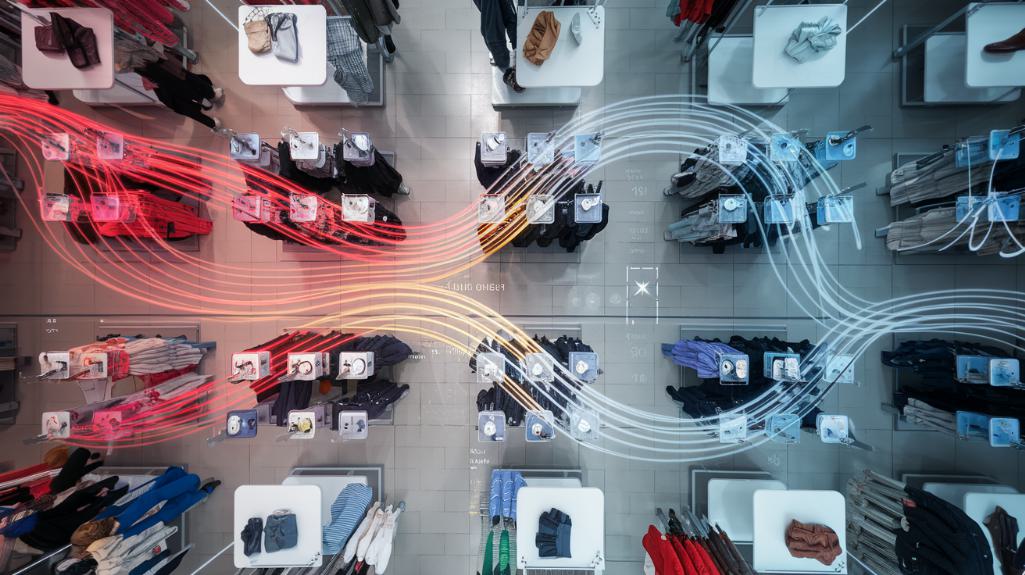
Advanced machine learning algorithms transform customer movement data into detailed heat maps, revealing critical insights about store traffic patterns and customer engagement zones.
These analytics enable retailers to make data-driven decisions about product placement, positioning high-demand items in areas where customers naturally congregate or spend significant time.
The strategic optimization of store layouts, supported by real-time traffic analysis, has demonstrated substantial impact on retail performance, with properly positioned merchandise showing sales increases of 20-30%. Additionally, leveraging AI specialists and retail experts can further enhance the accuracy of these insights and drive even greater sales performance.
Traffic Flow Heat Mapping
Modern retailers are revolutionizing their store layouts through traffic flow heat mapping, a sophisticated analytical approach that leverages machine learning to decode customer movement patterns. This technology provides critical insights into customer behaviors and high-traffic zones, enabling data-driven optimization of product placement and store configurations.
Key benefits of heat mapping implementation include:
- Enhanced shopping experience through reduced congestion and improved navigation
- Strategic product placement optimization leading to increased visibility
- Average transaction value improvements of up to 20% through guided customer journeys
Analysis of traffic flow patterns allows retailers to make informed decisions about store layouts, resulting in measurable sales increases.
Strategic Product Placement Analysis
Through sophisticated data analytics and machine learning algorithms, strategic product placement analysis has emerged as a cornerstone of retail optimization, enabling businesses to transform customer movement data into actionable merchandising decisions. Real-time analytics of customer behavior drives data-driven insights, resulting in optimized store layouts that enhance the shopping experience while reducing operational costs.
| Strategy | Implementation | Results |
|---|---|---|
| Heat Mapping | Track customer movements | 30% visibility increase |
| Cross-merchandising | Position complementary items | Higher upselling opportunities |
| Dynamic Placement | Adjust products based on traffic | Improved inventory management |
Converting Movement Data Into Sales Opportunities
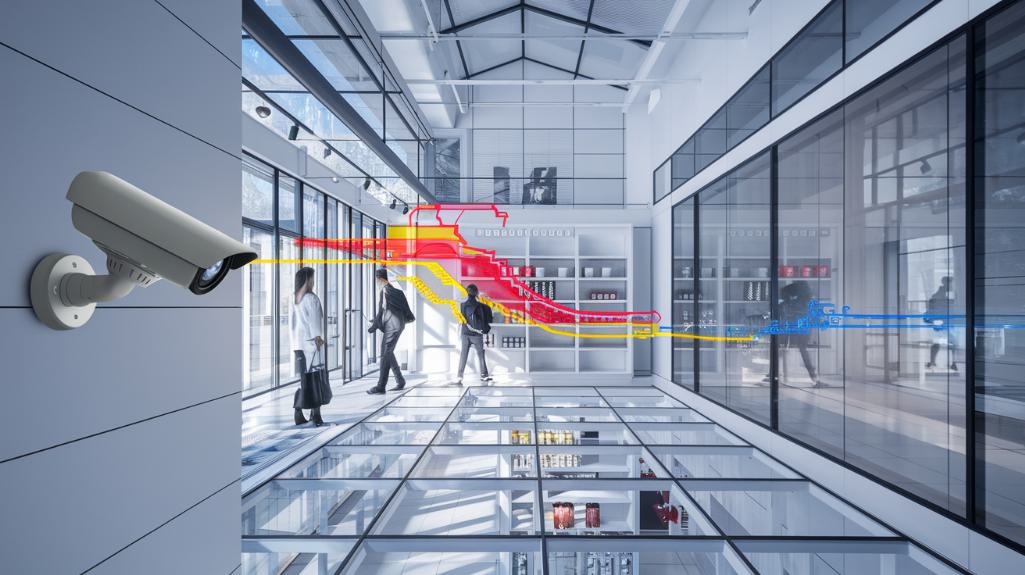
Retailers can transform customer movement data into significant revenue opportunities by leveraging machine learning algorithms that analyze in-store traffic patterns.
By understanding customer behavior patterns through real-time analytics, businesses can implement targeted marketing strategies that align with shopper preferences and optimize store layouts for maximum engagement.
Key benefits of converting movement data into actionable insights include:
- Enhanced inventory turnover rates through optimizing product placement based on traffic flow analysis
- Implementation of dynamic pricing strategies that respond to real-time demand patterns
- Creation of personalized shopping experiences that increase conversion rates by up to 60%
This data-driven approach enables retailers to make informed decisions about store configurations, promotional placements, and inventory management, resulting in improved operational efficiency and increased sales potential. Additionally, integrating advanced AI capabilities can further enhance item picking processes in retail environments.
Privacy Considerations and Ethical Implementation
While machine learning technologies offer powerful insights into customer behavior patterns, organizations must carefully balance analytical capabilities with robust privacy protection measures.
Retailers implementing tracking technologies need to prioritize ethical considerations through transparent communication about data collection practices and intended usage.
Adherence to data protection regulations like GDPR requires retailers to maintain anonymized data and provide customers with opt-out options.
Effective data governance policies play an essential role in protecting customer data from breaches while enabling valuable analytics. Organizations must establish clear protocols for data handling, storage, and processing to maintain customer trust.
This includes implementing security measures, regular audits, and strict access controls. Additionally, real-time data capabilities enable retailers to make informed decisions while respecting consumer privacy.
Frequently Asked Questions
How Is Machine Learning Used in the Retail Industry?
Retailers leverage machine learning for predictive analytics, inventory management, sales forecasting, pricing optimization, fraud detection, customer insights, demand planning, product recommendations, supply chain efficiency, and sentiment analysis.
How Can Machine Learning Be Used to Enhance Customer Experiences?
Machine learning enhances customer experiences through personalized marketing, predictive analytics, behavior tracking, and real-time recommendations. It optimizes checkout processes, manages inventory, analyzes sentiment, and improves in-store navigation via loyalty programs.
Which Type of Machine Learning Is Normally Used for Customer Segmentation?
Unsupervised learning dominates customer segmentation, primarily utilizing clustering algorithms to analyze demographic data, purchase history, and behavior patterns. Feature extraction and predictive modeling support data-driven market segmentation techniques.
How Does Walmart Use Machine Learning?
Walmart technology leverages data analytics to optimize inventory management, predict sales trends, enhance customer experiences, streamline checkout processes, personalize promotions, and implement strategic decisions based on thorough store-level analytics.
Conclusion
Customer movement analytics powered by machine learning represents a transformative capability for retail optimization. By leveraging advanced tracking technologies, heat mapping, and traffic pattern analysis, retailers can make data-driven decisions to enhance store layouts and increase conversion rates. While privacy concerns must be carefully addressed, the strategic implementation of movement analytics provides retailers with powerful insights to drive revenue growth and operational efficiency.

